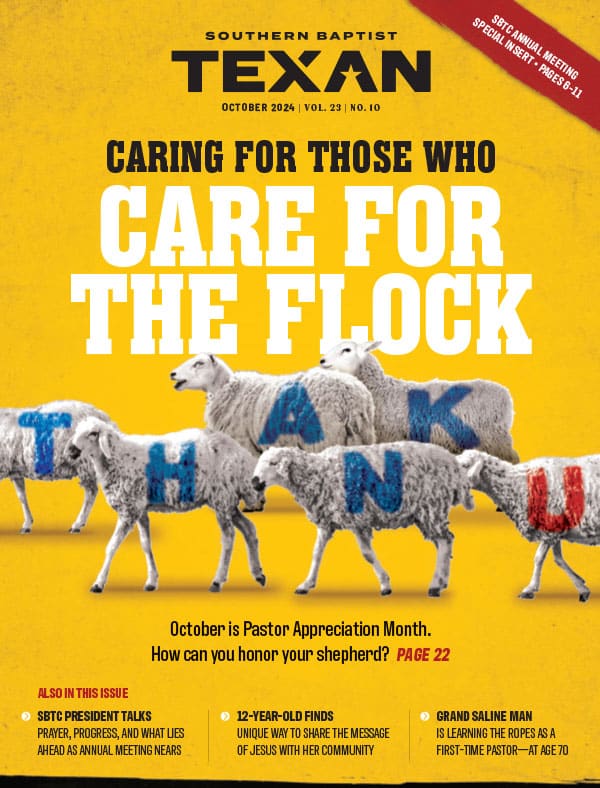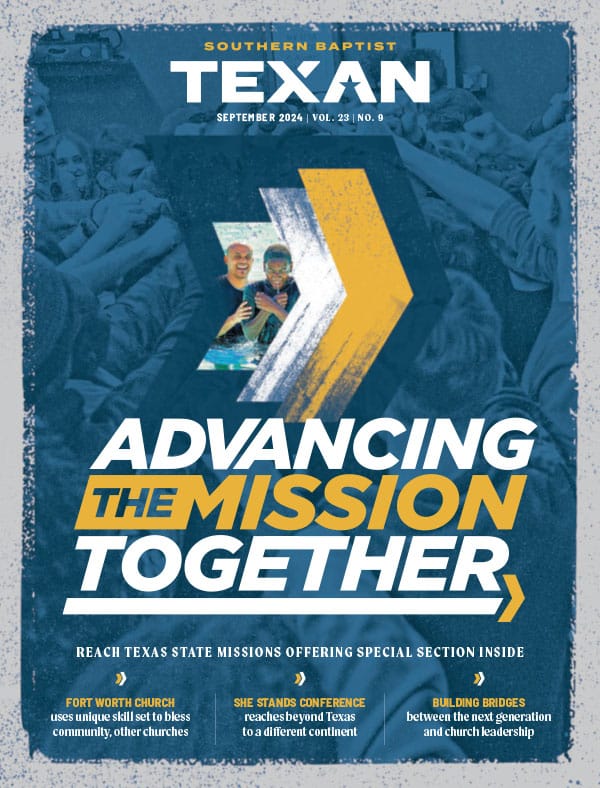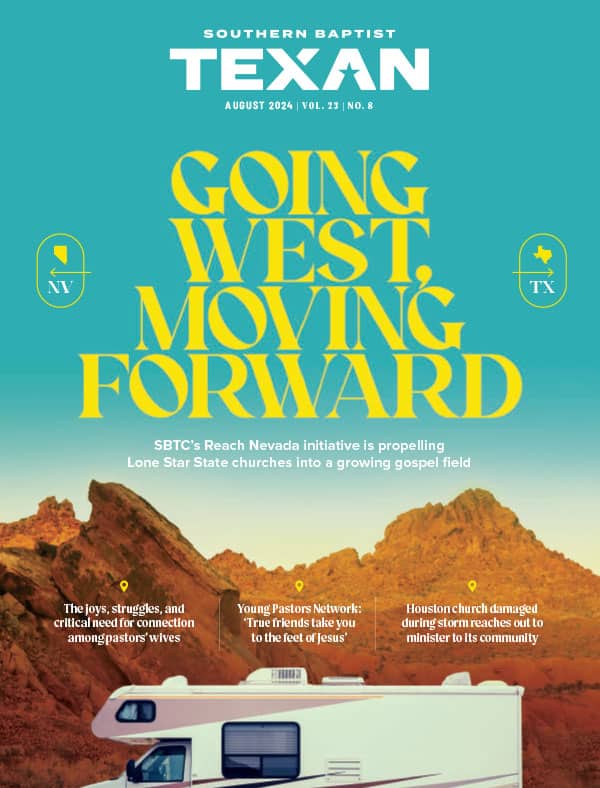KELLER?The nativity scenes have been safely packed away for another Christmas in the homes of most folks. Not so at the home of Jim and June Richards. The special meaning June Richards attaches to her collection justifies keeping them in sight year round.
As a young child, her grandmother made a manger scene and let her select one of the characters to take home. “Of course, as a kid, I picked out baby Jesus. Every year we would go to the 5-and-10 store and add to the manger scene,” she recalled.
“We learn to love baby Jesus as little children, but when I got saved at the age of 9 it meant that much more to me.”
June vividly remembers finding strength in Christ to carry her through a very confusing time of her childhood as she tried to make sense of the fact that two women were regarded as her mother.
Before she was born, her father began a relationship with a waitress in a café he visited about an hour from the small Louisiana town that June still calls home. “Whenever my daddy found out she was going to have a baby, he took responsibility for his actions because he wanted me. And I’m the product of that relationship.”
The single mom was already caring for an 18-month-old and couldn’t imagine how she’d handle another child. “I think her family was very poor and they couldn’t afford to do that again,” she related. Her father pled with the woman to carry the child to term, and then allow him and his wife to care for the baby.
“She verbally agreed,” June said. “It seemed she was giving me up because she wanted me to have a better life. That’s the way I look at it. God brought me into this world in a different way. I thank the Lord because I know he literally placed me in the arms of my mama so she could tell me about Jesus.”
Always referring to her adopted mother as “Mama” and her birth mother by name, June explained, “My adopted mom always told me that Joyce was my mother, but I called her Joyce because I couldn’t call her Mama. I just couldn’t.”
Growing up in a small town, June’s mother wanted to avoid the likelihood that her new daughter would suffer from gossip and rumor-mongering about her parentage.
“So it was always mentioned and therefore it wasn’t shocking. She didn’t want me to feel like children who are adopted who do not know their mother and then go out and chase them only to be disappointed.”
Not only did June hear her parents make reference to her birth mother, she regularly visited with the woman.
“I was about 11 years old when she came to visit one time. I knew that my parents had a relationship with her. Daddy, of course, would say, ‘There are no feelings. I’m just thankful I have you.'”
June regarded the circumstances as odd, but felt enormous love from both of her parents, while maintaining contact with her birth mother, sibling and the grandmother who had given her that first baby Jesus figurine from her own manger scene.
“I would tell the Lord, ‘This is so strange. In my heart I can’t understand all this.’ But I guess it strengthened my dependence on talking to him.” In fact, her passion for intercessory prayer grows out of that experience.
“That’s where I feel is my place?that I can pray for other people. I saw how much he did to work in my life and the least I can do is to submit to him.”
June’s father made it clear that he regretted his behavior, but remained steadfast in his love for his daughter. “Daddy was very frank. He said, ‘I made a mistake. I was sorry for what I did to your mom, but I wanted you.'”
Amazed by his willingness to take on the added responsibility, June reflec










